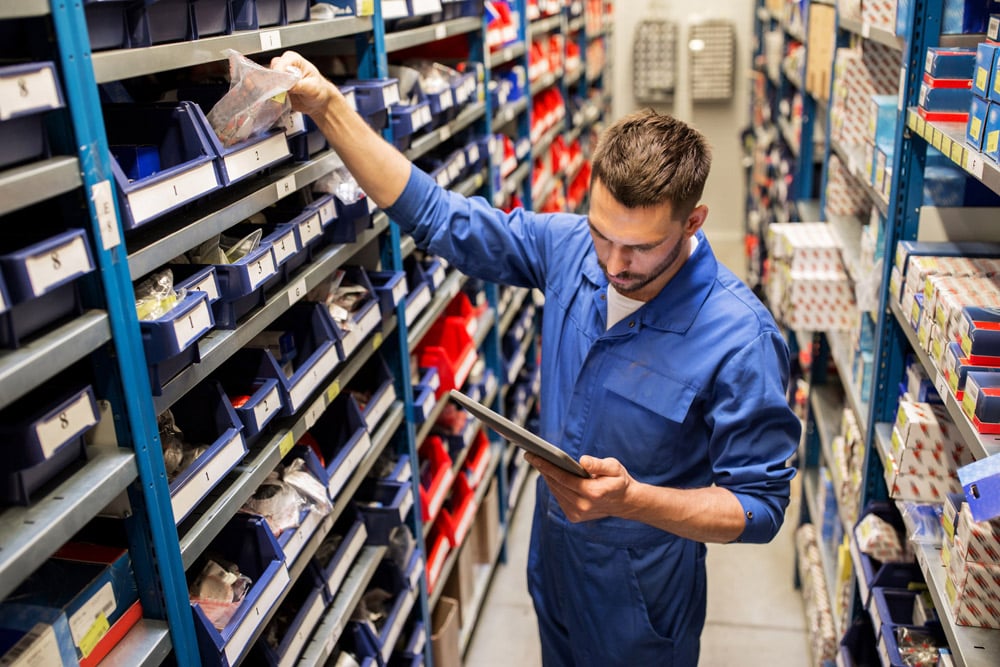Service Agreements
The Importance of Proper Water Treatment Equipment Maintenance
Introduction
Municipal water treatment operators play a critical role in ensuring the delivery of safe and clean drinking water to communities. To achieve this goal efficiently and economically, it is essential to focus on maintaining water treatment equipment. Let’s discuss the benefits of regular equipment maintenance and how it can help operators save money, avoid downtime, and reduce the likelihood of costly repairs. Investing in a quarterly service contract will also be explored as a proactive approach to maximizing equipment performance.
1. Save Money by Maintaining Your Equipment
The upfront costs of water treatment equipment can be significant, making it crucial for municipal operators to extend the life of these assets. Regular maintenance helps identify minor issues before they escalate into major problems, saving operators from expensive repairs or the need for premature replacements. For example, simple tasks like cleaning filters, inspecting pipelines, and calibrating sensors can prevent unnecessary wear and tear, leading to substantial cost savings in the long run.
Furthermore, well-maintained equipment operates more efficiently, using resources like electricity and chemicals more effectively. By optimizing energy and chemical consumption, municipal operators can reduce operational expenses significantly. This translates into not only financial savings but also a more sustainable approach to water treatment.
2. Avoid Downtime by Maintaining Your Water Treatment Equipment
Unplanned downtime in a water treatment facility can have severe consequences, including interruptions in the water supply, potential public health risks, and increased operational costs. Preventive maintenance plays a vital role in minimizing the risk of unexpected equipment failures. Regular inspections can help identify and address early signs of wear, damage, or potential malfunctions.
By adopting a proactive maintenance approach, operators can schedule equipment servicing during planned maintenance shutdowns or during periods of lower demand. This helps avoid disruptions to the treatment process and ensures a continuous supply of clean water to the community.
3. Purchase and Utilize a Quarterly Service Contract
Investing in a quarterly service contract with a reputable water treatment equipment service provider is a strategic decision for municipal operators. These service contracts typically include regular inspections, preventive maintenance, and timely repairs by trained professionals.
By outsourcing maintenance tasks, water treatment operators can focus on their core responsibilities without compromising equipment performance. Service contracts often offer priority response times in case of emergencies, further reducing the risk of downtime and ensuring swift resolutions to issues that may arise.
4. Avoid Costly Repairs by Maintaining Your Water Treatment Equipment
When water treatment equipment fails, it can lead to costly repairs or even the need for complete replacements. Such unexpected expenses strain the operational budget and can disrupt long-term planning. Preventive maintenance helps identify potential issues before they escalate, allowing operators to address them at a lower cost.
In addition to cost savings, regular maintenance enhances the reliability and consistency of the treatment process. This, in turn, contributes to better water quality and operational efficiency.
Conclusion
The benefits of maintaining water treatment equipment cannot be overstated. For municipal water treatment operators, a proactive maintenance approach is essential to save money, avoid downtime, and prevent costly repairs. By investing in quarterly service contracts and partnering with reputable service providers, operators can ensure that their equipment performs optimally, delivering safe and clean drinking water to communities reliably and efficiently. Prioritizing equipment maintenance not only benefits the bottom line but also contributes to a sustainable and resilient water supply for generations to come.

